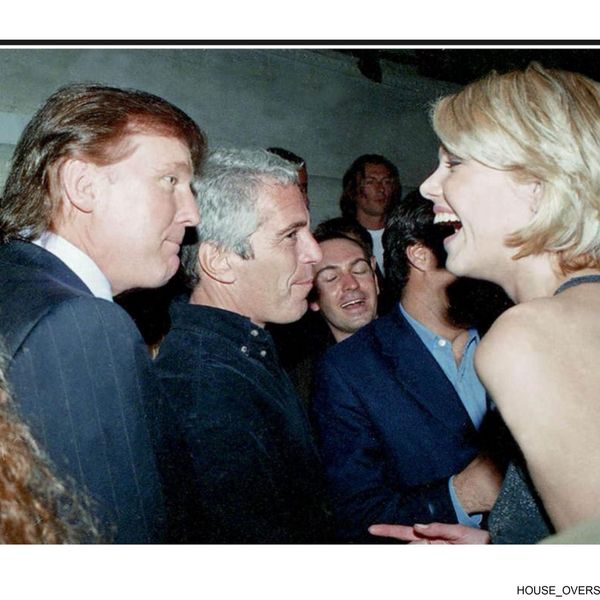Iran on Monday began implementing its end of the historic bargain made in Geneva on Nov. 24 under the supervision of the International Atomic Energy Agency (IAEA).
The "Joint Plan of Action" requires the Islamic Republic to halt much of its most controversial nuclear work during the next 6 months in exchange for modest sanctions relief while diplomats from Iran and the P5+1 negotiate a comprehensive solution.
"Depending on how things work out today, I hope that we will start talks within the next few weeks," EU foreign policy chief Catherine Ashton told reporters before a meeting for EU foreign ministers in Brussels.
The Arms Control Association has a useful summary of the IAEA report and analysis of the deal (as well as what's to come):
The IAEA's report confirms that, as of 20 January 2014, Iran:
has ceased enriching uranium above 5% U-235 at the two cascades at the Pilot Fuel Enrichment Plant (PFEP) and four cascades at the Fordow Fuel Enrichment Plant (FFEP) previously used for this purpose;has ceased operating cascades in an interconnected configuration at PFEP and FFEP;
has begun diluting UF6 enriched up to 20% U-235 at PFEP;
is continuing the conversion of UF6 enriched up to 20% U-235 into U3O8 at the Fuel Plate Fabrication Plant (FPFP);
has no process line to reconvert uranium oxides enriched up to 20% U-235 back into UF6 enriched up to 20% U-235 at FPFP;
is not conducting any further advances to its activities at the Natanz Fuel Enrichment Plant, FFEP or the Arak reactor (IR-40), including the manufacture and testing of fuel for the IR-40 reactor;
is continuing to construct the Enriched UO2 Powder Plant for the conversion of UF6 enriched up to 5% U-235 into oxide;
is continuing its safeguarded R&D practices at PFEP, including its current enrichment R&D practices, and continues not to use them for the accumulation of enriched uranium; and
is not carrying out reprocessing related activities at the Tehran Research Reactor and the Molybdenum, Iodine and Xenon Radioisotope Production (MIX) Facility.
Our work is licensed under Creative Commons (CC BY-NC-ND 3.0). Feel free to republish and share widely.
Jasmin RamseyJasmin Ramsey is a journalist that has been published in a variety of print and online publications including Common Dreams, Rabble.ca, Zmag and Le Monde Diplomatique. She is also the coeditor of the popular political weblog: PULSE Media. She is currently in Istanbul covering the situation regarding the Gaza Freedom Flotilla protest for PULSE and Le Monde Diplomatique.
Iran on Monday began implementing its end of the historic bargain made in Geneva on Nov. 24 under the supervision of the International Atomic Energy Agency (IAEA).
The "Joint Plan of Action" requires the Islamic Republic to halt much of its most controversial nuclear work during the next 6 months in exchange for modest sanctions relief while diplomats from Iran and the P5+1 negotiate a comprehensive solution.
"Depending on how things work out today, I hope that we will start talks within the next few weeks," EU foreign policy chief Catherine Ashton told reporters before a meeting for EU foreign ministers in Brussels.
The Arms Control Association has a useful summary of the IAEA report and analysis of the deal (as well as what's to come):
The IAEA's report confirms that, as of 20 January 2014, Iran:
has ceased enriching uranium above 5% U-235 at the two cascades at the Pilot Fuel Enrichment Plant (PFEP) and four cascades at the Fordow Fuel Enrichment Plant (FFEP) previously used for this purpose;has ceased operating cascades in an interconnected configuration at PFEP and FFEP;
has begun diluting UF6 enriched up to 20% U-235 at PFEP;
is continuing the conversion of UF6 enriched up to 20% U-235 into U3O8 at the Fuel Plate Fabrication Plant (FPFP);
has no process line to reconvert uranium oxides enriched up to 20% U-235 back into UF6 enriched up to 20% U-235 at FPFP;
is not conducting any further advances to its activities at the Natanz Fuel Enrichment Plant, FFEP or the Arak reactor (IR-40), including the manufacture and testing of fuel for the IR-40 reactor;
is continuing to construct the Enriched UO2 Powder Plant for the conversion of UF6 enriched up to 5% U-235 into oxide;
is continuing its safeguarded R&D practices at PFEP, including its current enrichment R&D practices, and continues not to use them for the accumulation of enriched uranium; and
is not carrying out reprocessing related activities at the Tehran Research Reactor and the Molybdenum, Iodine and Xenon Radioisotope Production (MIX) Facility.


